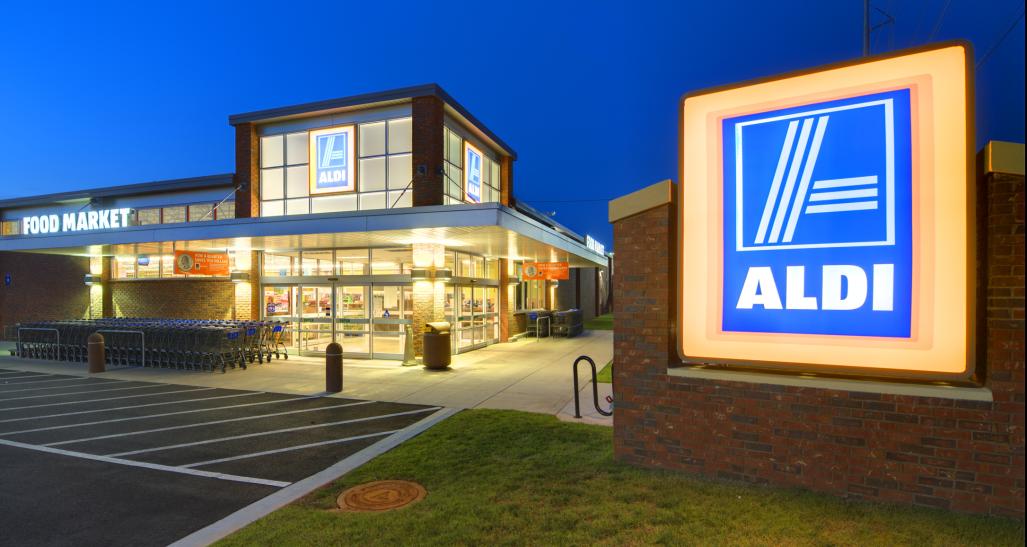
The National Retail Federation’s annual report on the Hot 100 Retailers is based on increases in domestic sales for the most recently completed fiscal year. The breakout charts look at sector leaders.
Lidl might be at the top of the Hot 100 Retailers list for the size of its sales gains last year, but its German rival Aldi is the grocer showing the largest market share gain over the same period of time. H.E.B., Publix and Wegmans all posted better market share gains than Lidl.
Both Lidl and Aldi are limited assortment supermarkets, a segment forecast to grow 5.6 percent a year through 2023, according to Inmar Analytics. In contrast, sales at traditional supermarkets are projected to grow at just .5 percent over the same time period.
Check out our full list here.
Aldi, which is a corporate sibling to Trader Joe’s, has changed its strategy since opening its first store in Iowa 44 years ago. The original plan was to site stores where they could serve lower income communities. In the last 10 years, however, as traditional U.S. grocers learned to compete with Aldi on price, Aldi has been upgrading its offerings to appeal to more middle-class shoppers. That includes improvement in merchandising, enhancing the assortment and updating store décor.
Aldi is adding more amenities targeting more affluent shoppers, such as its click-and-collect Curbside Grocery Pickup program. This service was tested two years ago and introduced last year on a limited basis. This year the rollout will eventually involve close to 600 stores in 35 states, said Jason Hart, chief executive of Aldi U.S.
Supermarkets look as though they will dominate the food / drug / mass group of next year’s Hot 100 Retailers as a result of the pandemic. Stores benefited greatly since they were deemed essential businesses. Not only were consumers stockpiling food, but they were also buying to replace meals that could no longer be eaten in restaurants.
There were two other ways supermarkets benefited from the coronavirus crisis. First came a big rise in the number of people ordering groceries online. Coresight Research expects online ordering of supermarket products to surge about 40 percent this year.
The other area where supermarkets benefited was home deliveries. Delivery orders were valued at $6.6 billion in May, up from $4 billion just two months earlier, according to research firm Brick Meets Click. In May online grocery orders fulfilled by delivery or pickup were placed by 43 million customers, up from 39.5 million two months earlier.
Now that more consumers than ever have been using computers and apps to order groceries and are asking for home delivery, “the barriers to shopping online have been removed,” said Brent Laubaugh, co-president of Aldi U.S.